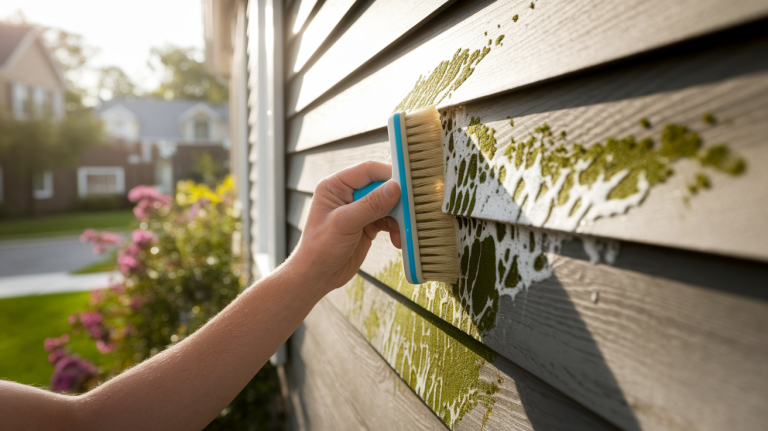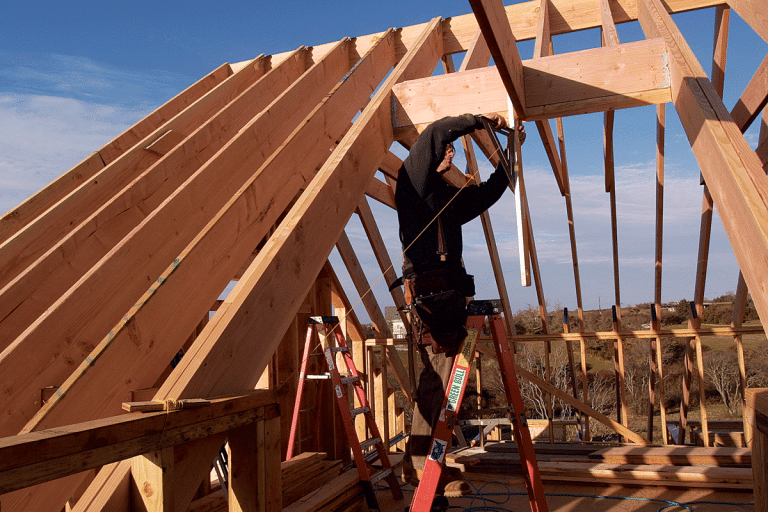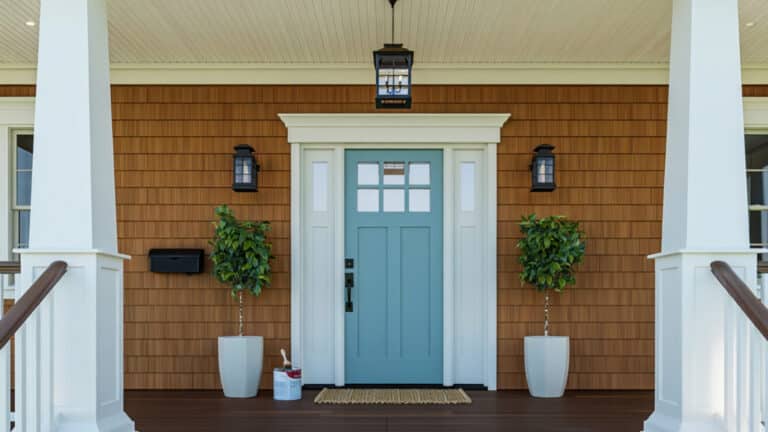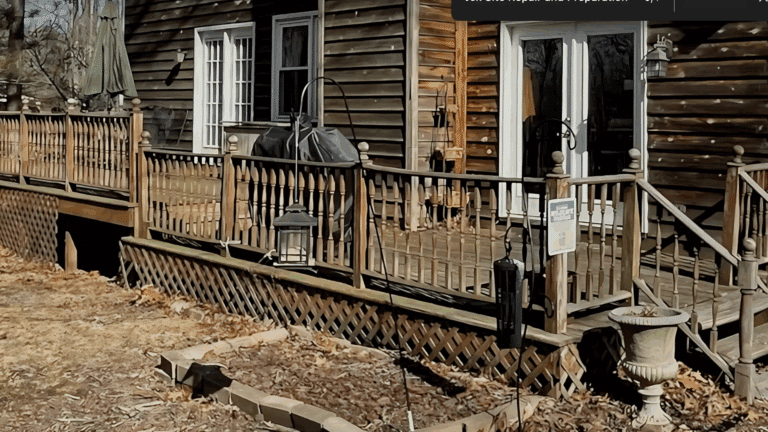How Long Does Drywall Mud Take to Dry?
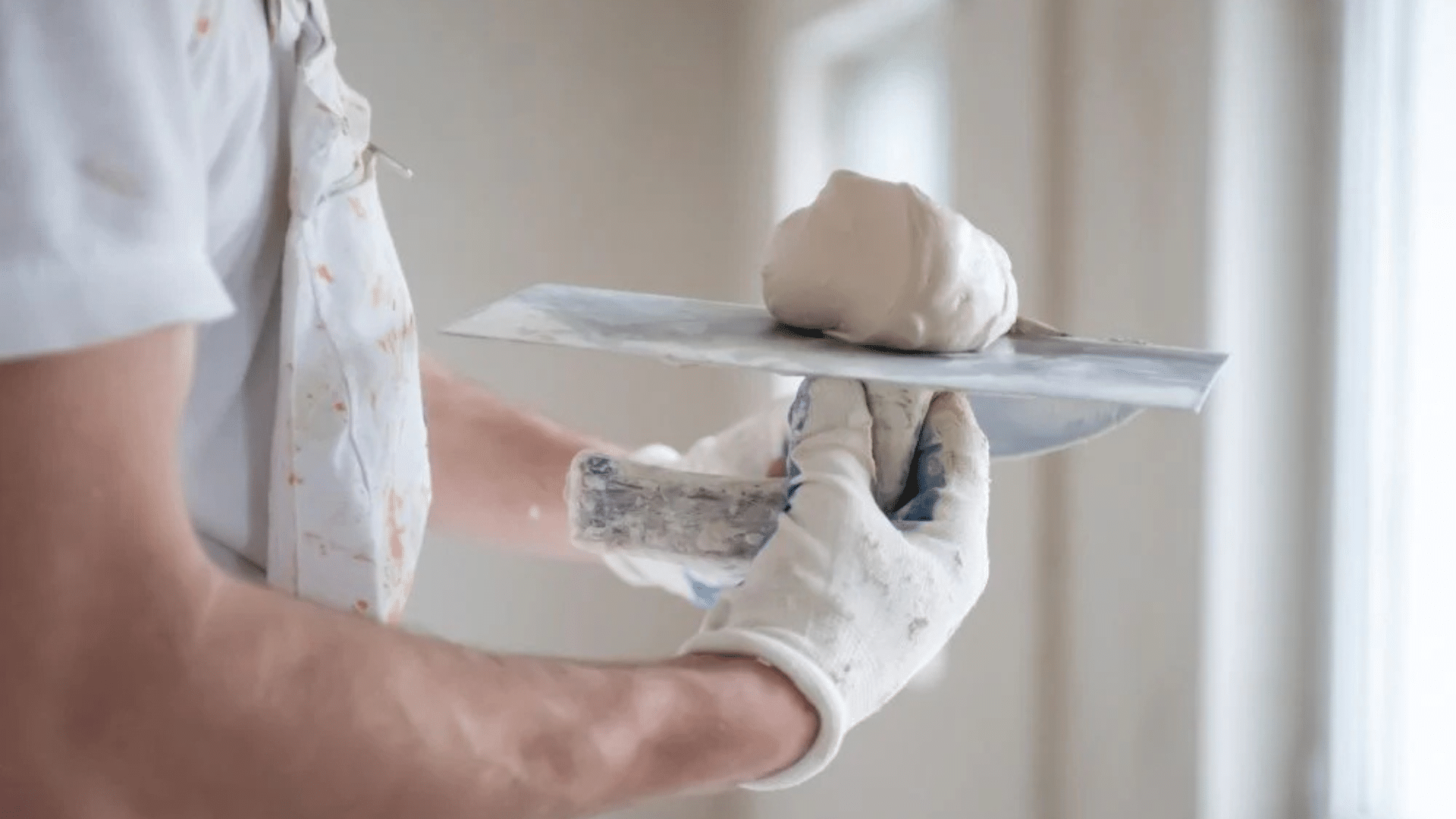
Ever wondered how long it takes for drywall mud to dry once you are ready to move ahead, but the wall still feels damp to the touch?
Drying time depends on factors like the type of drywall mud you use, the thickness of the coat, and the room conditions.
We will be telling you exactly how long drywall mud takes to dry and also share simple ways to speed up the drying process.
But first, let us look at the different types of drywall mud.
Drywall Mud & Its Different Types
Drywall mud, also called joint compound, is a thick paste used to cover seams, fill gaps, and smooth out drywall surfaces. It’s what gives walls that clean, finished look before painting.
There isn’t just one kind of mud. Let’s take a look at the main types so you know which one works best for your job.
- All-Purpose Mud: Common mud for drywall used for taping, filling, and finishing. Easy to use and works well for most repairs.
- Lightweight Mud: Lighter than regular mud, easier to handle, and dries faster. Good for reducing fatigue during large projects.
- Taping Mud: Thick and sticky for holding drywall tape and filling seams. Best for the first coat.
- Finishing Mud: Smooth and easy to sand, giving a clean, professional finish. Ideal for the final coat.
- Setting-Type Mud: Dries in 20–60 minutes. Great for quick jobs, but less time to fix mistakes.
- Quick-Setting Mud: Sets faster than regular setting mud, allowing multiple coats quickly. Requires fast work.
How Long Does It Take for Drywall Mud to Dry?
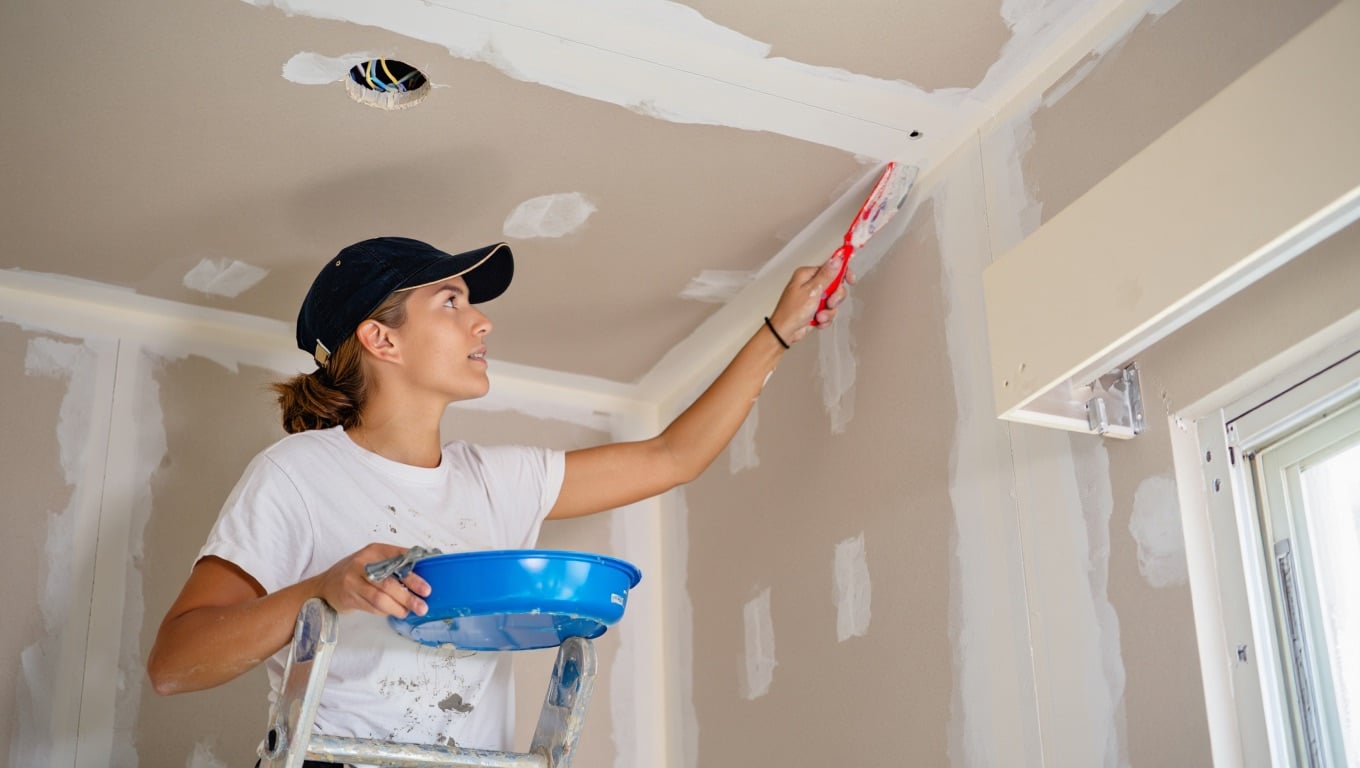
If you have worked with drywall, you know it takes more than just putting on the mud and leaving it to dry.
A thick layer of drywall mud can take up to 24 hours to dry in normal conditions.
Some brands recommend methods like increasing airflow or adjusting temperature to reduce drying time to around 12 hours without affecting quality.
For smaller spots, such as filled screw holes or minor dents, drying may be closer to 2 hours, though depth can slow the process.
Skim coats dry the fastest, often in 15 to 20 minutes, especially along the outer edges of a feather coat.
Knowing these times helps you plan your work and avoid rushing the finish.
What Factors Impact Drywall Mud Drying Time?
Several factors can make a big difference in how long it takes.
Let’s break them down so you can get a better idea of what’s going on and why it might be taking longer than expected.
- Thickness of the Mud: The thicker you apply it, the longer it will take to dry. More layers or deep holes need extra time.
- Room Temperature: If the room is too cold, drying time slows down. Warmer temperatures can help speed things up, but too much heat can cause cracking.
- Humidity: High humidity in the room will slow down drying, while drier air helps the mud dry faster.
- Type of Mud: Different muds dry at different rates. Lightweight mud tends to dry quicker than heavy-duty types.
How to Speed Up Your Drywall Mud to Dry?
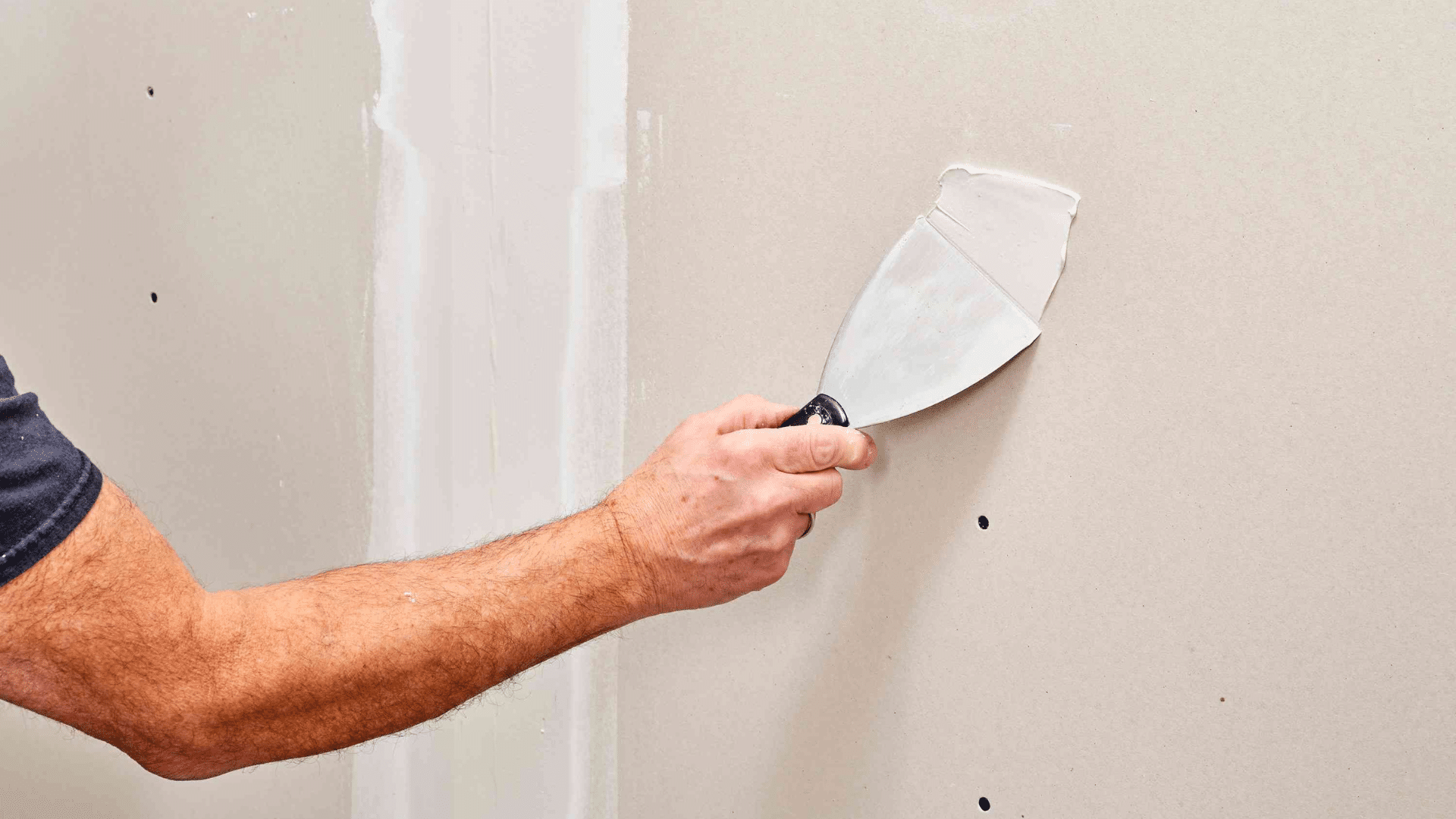
With these few simple tricks, you can speed up the drying process. This will keep your project moving smoothly.
1. Thin Coats Are Key
Think of drywall mud like paint. The thinner you apply it, the quicker it dries, and the smoother the finish will be.
The first coat will always be thicker because you need to fully cover seams, gaps, and screw holes for a solid base.
After that, focus on thin layers to speed drying, prevent cracking later, and reduce the amount of sanding needed in the final stages.
2. Get Your Drywall Placement Right
How well you hang your drywall directly impacts how much mud you’ll need for the job.
The more precise your board placement, cuts, and tape application are, the fewer problem areas you’ll have to repair.
Clean, even seams mean less mud overall, making the drying process faster, the sanding easier, and the final result much more professional-looking.
3. Warm Up the Room
A warm room helps drywall mud dry more quickly, so turn up the heat if you can.
Using a furnace or portable space heaters will keep the temperature consistent, but don’t forget about airflow; it’s just as important.
Open windows if it’s dry outside to let moisture escape, or use vents to keep the space comfortable while avoiding excess humidity.
4. Dehumidify the Air
Lowering the room’s humidity speeds up drying time by removing excess moisture from the air.
A dehumidifier is perfect for this, but make sure to check and empty the water pan regularly so it continues to work efficiently.
If it’s raining or damp outside, keep the windows shut to prevent outdoor humidity from slowing down the mud’s drying process.
5. Keep the Air Moving
Good airflow is essential for drying drywall mud faster and evenly.
Place a fan in the room or open windows to encourage circulation when the outside air is dry.
If the weather is humid, avoid bringing in extra moisture and instead rely on fans, vents, or air movers to keep the mud drying at a steady pace.
6. Use Hot Mud for Speed
Hot mud is a fast-setting compound that hardens in just 20 to 60 minutes, making it perfect for small or urgent repairs.
However, it gives you very little working time, so mix only the amount you can use in one session.
Work quickly, clean your tools right away, and avoid letting the compound harden before you’ve finished shaping and smoothing the surface.
The Bottom Line
Planning your drywall mud drying time helps you work without delays, avoid rushed finishes, and keep your project moving at a steady pace.
Knowing how long drywall mud takes to dry helps in planning to make everything go smoother.
Remember, thin coats dry faster, and warm rooms with good airflow can make a big difference in reducing waiting time.
What is your best tip for drying drywall mud faster without losing quality? Tell us and share your experience in the comments below.

